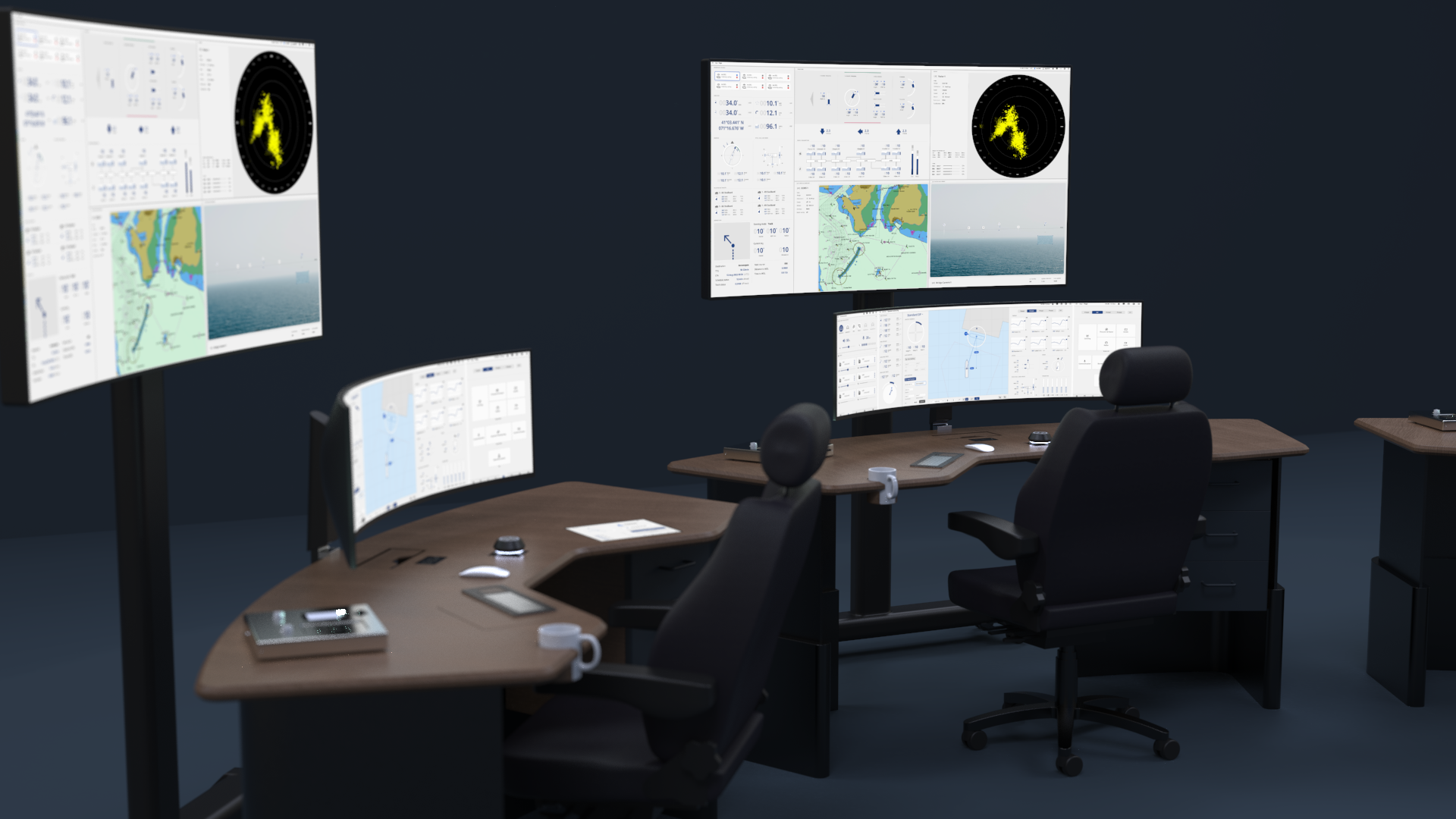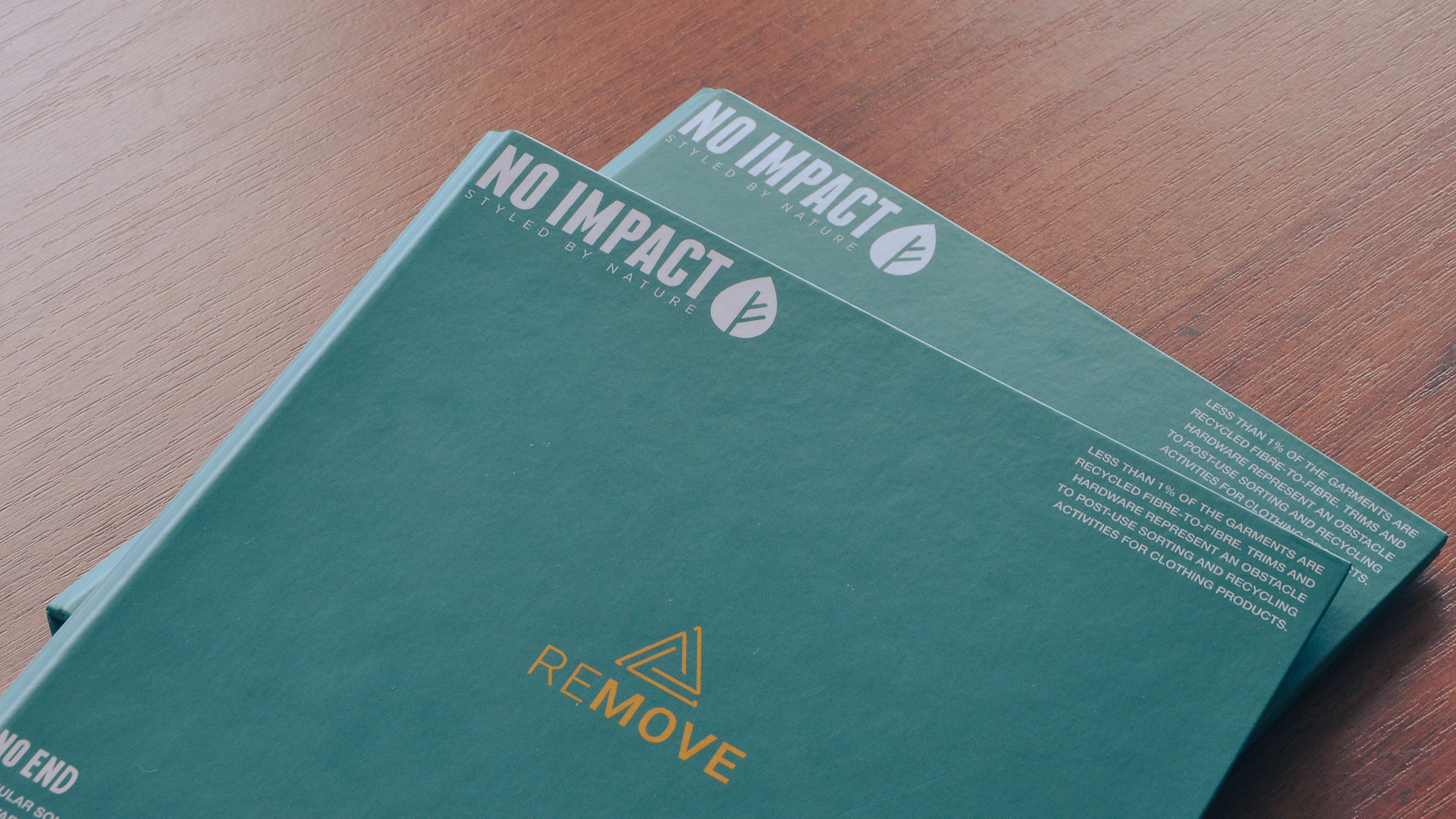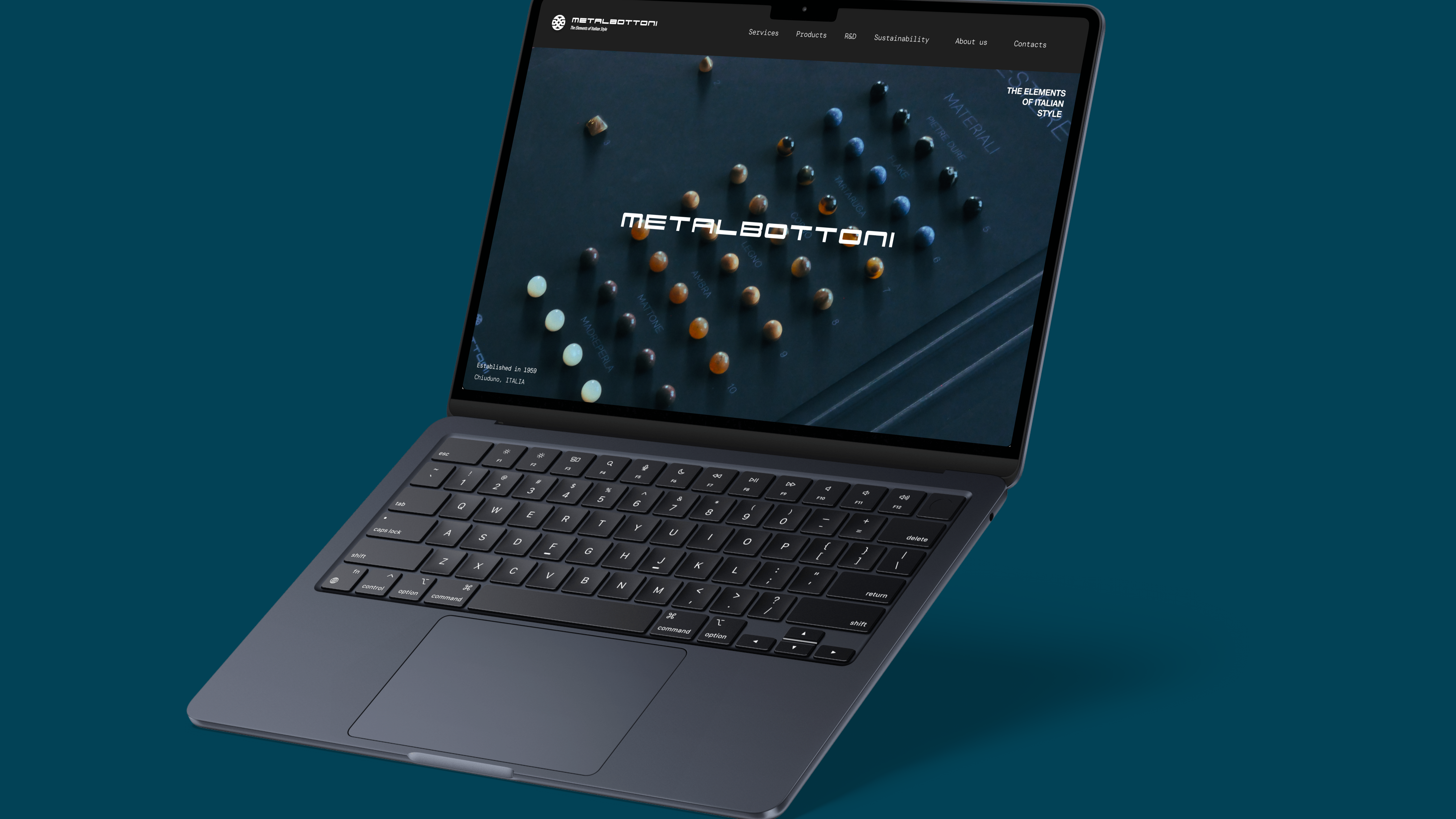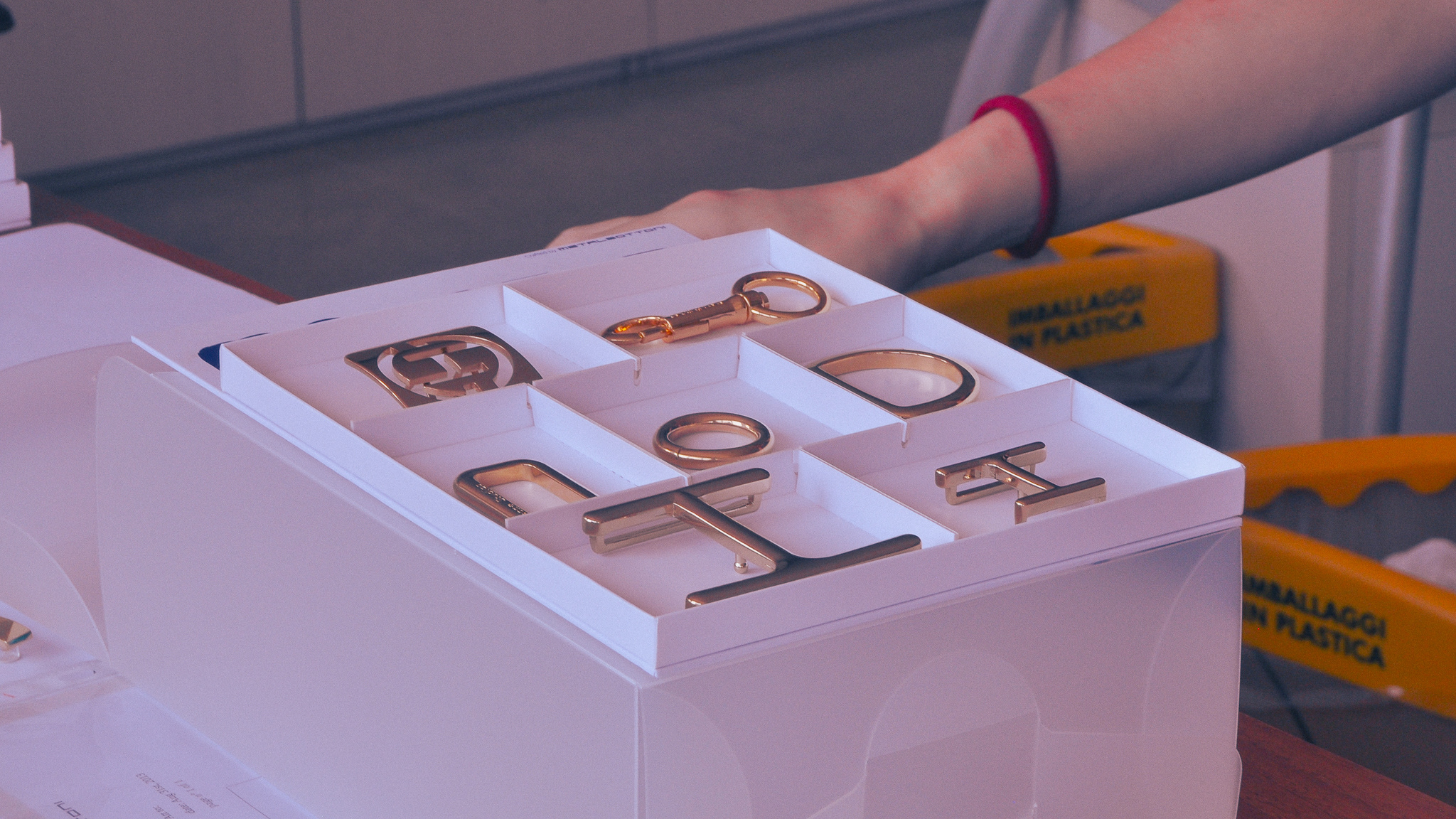Diploma project, bachelor in Industrial Design, Politecnico di Milano - Design for Health. The project aims to work on the expansion of the comfort zone into the wilderness, through the exploration of nature's potential. Eventully using light (from renewbale sources) as vector of comfort.
Alessandro Valli
/Politecnico di Milano - Bachelor diploma project
2019
Introduction
Scope definition: the comforting power of light
The research phase brought me to consider the primary human needs explained in Maslow's pyramids. I pinponted safety as the area of intervention for this projetc, specifically using light as vehicle of comfort.
The project mission might be summarized in one sentence:
To feel comfortable in the wilderness, and comprehend its potential through the light.
Context of use
The context refers to outdoor lighting, more precisely as a pathway sign, for public or private spaces. One of the strong points about this product should be the emotional power it can evoke, as put in deep connection with the natural environment.
By applying biotechnological principles, the traditional concept of the "lamp" can be altered.
Research and Exploration
Biochemical Energy Source: Photosynthesis
The aim was to explore alternative sustainable energy sources, and my research brought me to wonder "What if plants are used as energy source?" and more precisely their photosynthesis process. Photosynthesis is a biochemical process during which, the plant, thanks to solar light, produces organic compounds essential for its nourishment.
Can this biochemical energy be converted into electrical energy?
The organic compounds produced by Photosynthesis, bond with the soil bacteria, and generate electricity at low voltage.
An off-grid, self-sufficient, and renewable light source.
Experiments and testing
To understand more closely the potential and applications of this biochemical process, I worked on some experiments by my self, to test the energy production of plants (testing two different species). The results show a constant voltage around 200-240 mV production with an intensity of 10 mA. Certainly, the electrical current produced is not enough to power a LED. To be able to use this energy, the electricity produced must be piled up wit capacitor (capacity 10nF). Capacitor, have the function to accumulate electrical energy and release it into the circuit when sufficiently high.
Shape Study
The importance of blending with the natural environment is primary, both from a physical and visual point of view. For this reason, I looked for inspiration among the organic shapes existing in nature, and I finally found a spark in the Bioluminescence phenomenon.
In Bonin Islands, for instance, exists various species of bioluminescence mushrooms, they are called “yako-take” (night mushrooms). The shape is therefore inspired by these luminescence mushrooms, designed by nature itself as a landmark in the rainforests.
Idea Generation
Preliminary Sketches
Concept Definition and rendering
Materials and components
The material research focused on finding solutions able to resist outdoor environments for long periods of time, without realising any harmful substances.
The inferior stem contains the hardware of the circuit and it's the part which is constantly in contact with soil, thus, it must stand humidity and chemical breakdown. That is why the choice of bio-based polymer "IamNature" patented by the M.A.I.P. group, fits perfectly with this task.
For the upper stem, optical and flexibility characteristics are essential. The stem is conceived to be bent randomly, in order to seem as organic as possible. Silicon rubber is a good option, as they are nontoxic material with low levels of Volatile Organic Compounds.
Silicones are widely used for medical devices, because of their biocompatibility and resistance to bacteria. Besides, silicons allow them to be moulded into various and complex shapes thanks to their high fluidity in liquid form.
To evaluate the permeability of this product, it has been taken into consideration the IP (International Protection) rating. To be serviceable, this product should have at least an IP equal to IP54, in which the first number stands for solid objects penetration, on a scale from 0 to 6 (5=impermeable to dust). The second number instead, stands for the protection from liquids, on a scale from 0 to 8 (4=protected from sprays of water up to sixty degrees)
The lighting is generated by a 1W LED, placed inside shell, and then connected to an optic fibre tube. This allows the diffusion of light alongside the whole silicon stem.
The electrodes are places with the function of attracting electrons from the soil, held together by a rubber ring (insulating). Inside the biopolymer shell, it is placed the circuit connected externally with the electrodes.
The printed circuit board, put in connection two cables with the electrodes, and it is made up of a capacitor (10 nF), a resistor (1/4W) and a light sensor, which regulate the power on, according to the natural light. During the daytime, the capacitor collects the energy charge and when the sun goes down the sensor powers up the LED.
The printed circuit board, put in connection two cables with the electrodes, and it is made up of a capacitor (10 nF), a resistor (1/4W) and a light sensor, which regulate the power on, according to the natural light. During the daytime, the capacitor collects the energy charge and when the sun goes down the sensor powers up the LED.
Benchmarking
Solar lamp vs Plant lamp
The purpose is to make a comparison with other products belonging to the same category of lighting: off-grid and from renewable energy. Among all, an example already put in the outdoor market, is “Solar light”.
In the benchmarking analysis, the comparison is focused on the different outputs that solar energy and plant energy may generate into a product. The strongpoints of Yakotake are its biological and visual impact on the environment, substantially next to zero if compared with Photovoltaic systems. Another significant aspect to consider is the lifespan of the product, and also its concrete environmental cost, starting from raw materials and ending up with its application, throughout all the life cycle passages.
Future scenarios
The theme of providing artificial lightings to fulfil our needs, gives plenty of opportunities to test new technologies concerning the responsible use of natural resources.
Now sustainability shall not be seen just as an option of many others, and any project cannot leave out of consideration from being compatible with the environment in which is put into. This is not just an idea nor a philosophy anymore, but it is a part of the progress.
Sustainable development is the key that opens new markets, new product categories, more and more ambitious projects, using advanced technologies by renewable energy sources and innovative materials.
Sustainable development is the key that opens new markets, new product categories, more and more ambitious projects, using advanced technologies by renewable energy sources and innovative materials.
Yakotake is a concept that is the consequence of these considerations. And it might respond, in a speculative way, to a less and less future demand.









